What kind of radar level sensor transmitter is used for solid powder and granular materials?
In dusty working conditions, it is necessary to install a purge device. For more complex working conditions, we recommend the SK-R800NS universal plus purge type 80Ghz radar level sensor from SKE. Universal means that the universal flange of the radar level sensor can adjust the radar measurement angle. Purge means that when solid materials are in and out, there is dust concentration in the silo to purge the dust on the sensor surface.
In recent years, high-frequency radar level sensor have unique advantages, such as small antenna size, easy installation, short wavelength, better reflection on inclined solid surfaces, small measurement blind area, and good results for small tank measurements. They are almost unaffected by corrosion and slight foam, etc. Therefore, 80Ghz radar level sensors are widely used in various working conditions and meet the measurement needs of many industries.
Below we will analyze through real cases the problems that occur when high-frequency radar level sensors measure lime powder, as well as the solutions.
Case analysis and on-site use:
Verify and test the actual use of our SK-R800NS radar on cement silos.
A large factory in Guangxi installed and used a batch of radar level sensors from our company, model SK-R800NS, to measure lime powder. Since the site was an 11-meter vertical tank and the discharge cone was 3 meters high, the dust inside was relatively large and easily accumulated in the bell mouth, which would cause a weak signal and affect the measurement accuracy. In addition, the relative position of the flange where the radar was installed on this level sensor and the feed pipe was about 45°, and it was not easy to adjust the bell mouth to the direction of the best signal, which made the measurement more difficult.
Solution:
The 80Ghz FM radar solids/liquid level sensor of SKE uses Frequency Modulated Continuous Wave (FMCW) technology. The high-frequency FM radar signal is transmitted through the antenna, and the frequency of the radar signal increases linearly. The transmitted radar signal is reflected by the measured medium and received by the same antenna. At the same time, the frequency difference between the transmitted signal frequency and the received signal frequency is proportional to the measured distance. The collected frequency difference signal is calculated at high speed by the chip circuit part, and the height of the target to be measured is calculated based on this.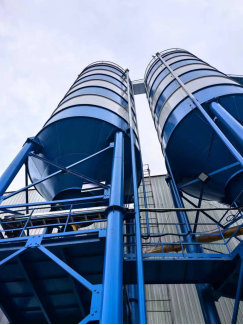
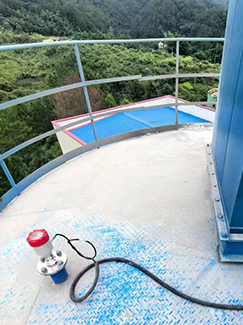
Test process
1. First use the rope casting method to measure the height of the cement silo, then install the radar and measure the height of the material level, and finally compare the differences and similarities between the material level data measured by the rope casting method and the radar;
2. When there is no cement in the silo, use the radar to test the echo curve of the entire silo;
3. Observe the echo curve when the silo is in and out of the material to see if there are any abnormalities, and take photos and videos when the material level is high and low.
Test results
1. The material level of the silo obtained by the rope casting method is about 5 meters, and the material level of the radar test is 4.978 meters (due to the test on the top of the silo, the space is limited, and there is only one person operating, the rope can only be straightened as much as possible for testing, and the data error is about 2.2cm. It cannot be ruled out that there is a certain measurement error caused by the rope not being completely straightened);
2. Echo curve of the empty silo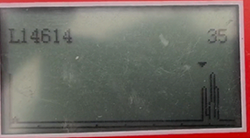
3. Echo curve when the silo starts to feed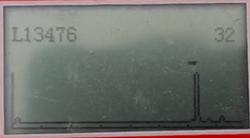
4. Echo curve after 5 minutes of feeding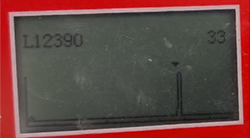
5. Echo curve when feeding stops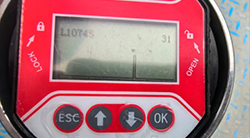
6. Echo curve when the material level in the silo is close to the high level.
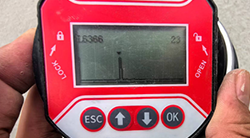
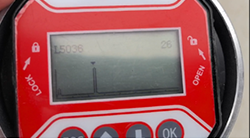
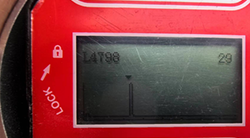
Test conclusion:
During the application of our radar level transmitter in this project, the echo signal-to-noise ratio of the material level was relatively high, and the tracking was normal, and the customer was quite satisfied with the result.
Since the working conditions of each on-site measurement are different, it is inevitable that some problems will occur during the instrument measurement process, and professional engineers can solve various complex problems with their professional skills and experience. Our technical support engineers and after-sales engineers continuously adjusted the installation method and parameter settings according to the actual working conditions of the customer, and finally achieved accurate measurement of the customer's lime powder project.

 CN
CN


